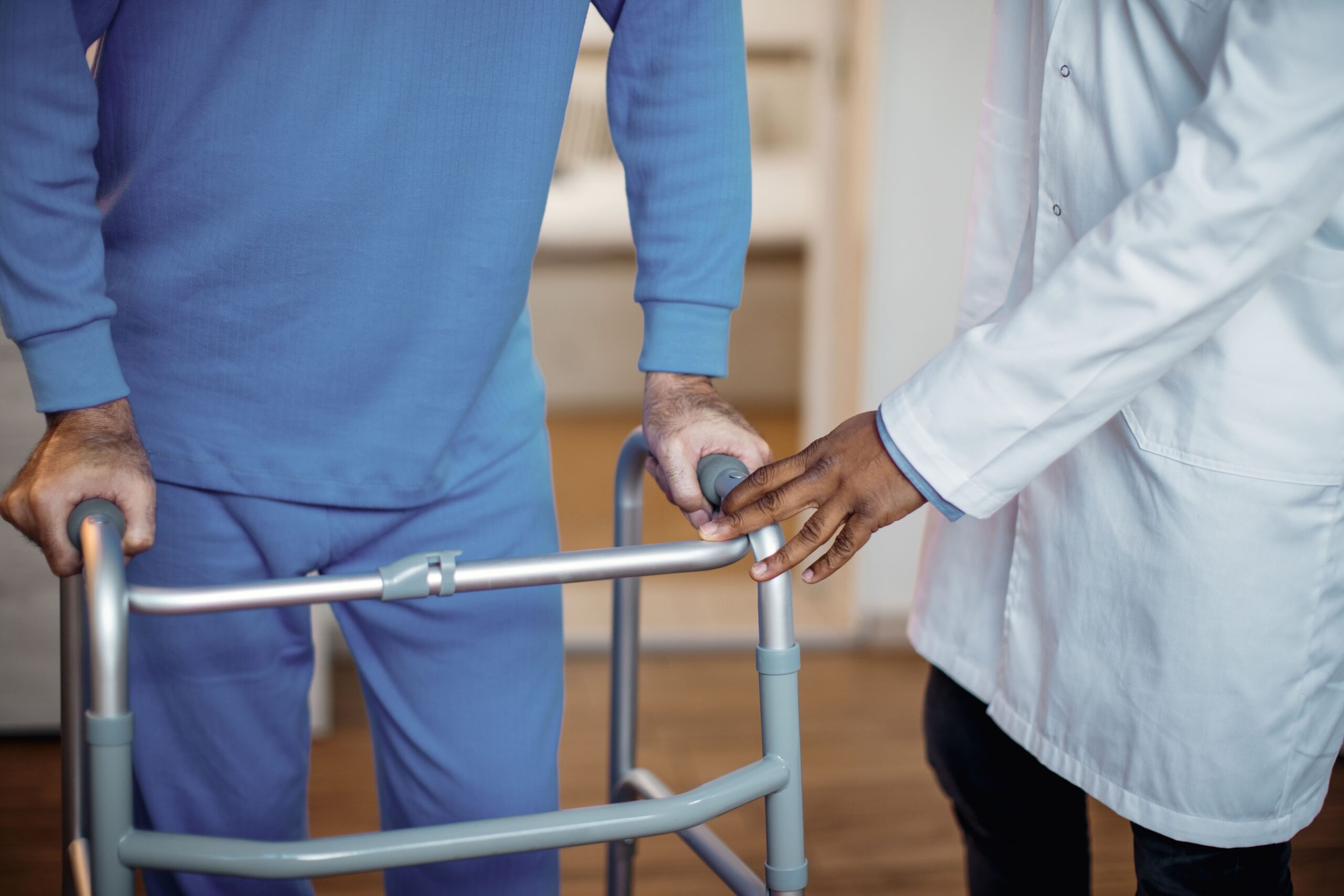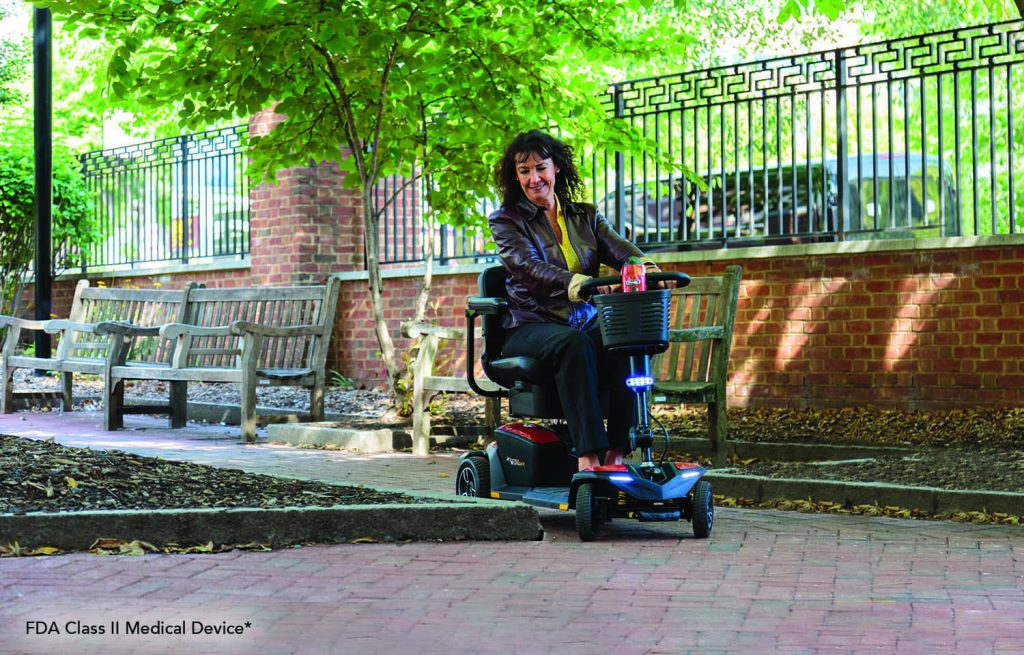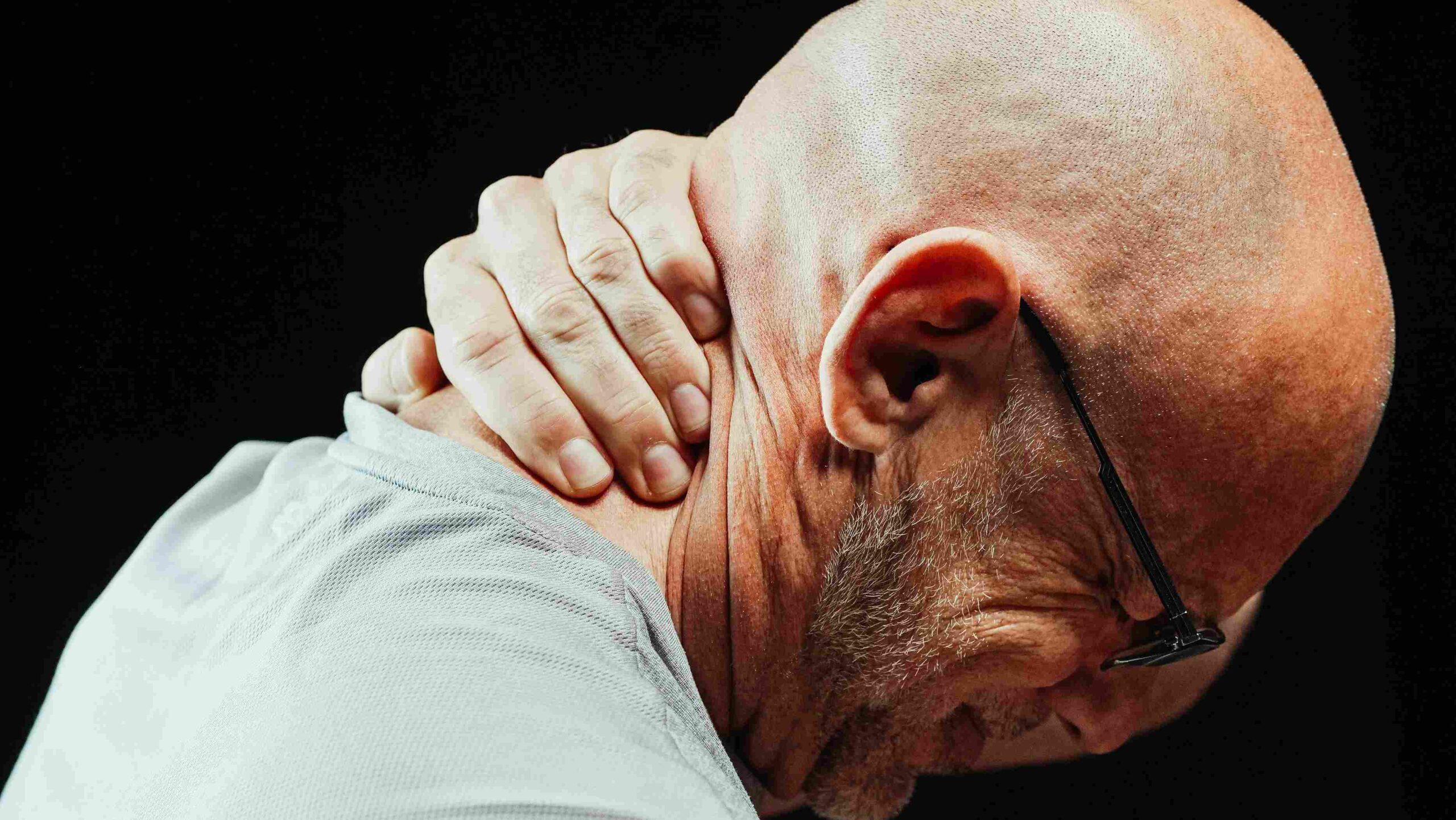Navigating the complexities of healthcare services and community-based resources can often be overwhelming for both patients and their families. One critical aspect of care management that can dramatically improve quality of life for older adults or individuals with mobility challenges is the proper use of a walker. As a social services director with extensive experience in care management, I’ve seen firsthand how simple interventions, like using a walker, can greatly enhance mobility, independence, and overall well-being. In this guide, I’ll walk you through the benefits of using a walker, provide practical advice for selecting the right one, and outline the additional community-based resources available to support home modifications, meal delivery, and transportation services.
Why a Walker? Understanding the Benefits of Enhanced Mobility
Walkers serve as a bridge to independence for many individuals experiencing mobility issues. They are designed to help stabilize gait, reduce the risk of falls, and provide physical support, which can restore a sense of confidence and autonomy.
Here are some key benefits of using a walker:
1. Increased Stability and Balance
Walkers are equipped with four legs (or two wheels and two legs), making them one of the most stable mobility aids available. For individuals who experience dizziness, unsteadiness, or weakness, walkers offer a reliable support system that significantly reduces the risk of falling. This stability allows patients to move around their homes and communities with more ease, supporting their daily activities.
2. Enhanced Safety
For older adults, falls are a major health risk, often leading to fractures, long-term disabilities, or even hospitalization. Using a walker can help prevent falls by providing consistent support. This is especially important for those who have weakened muscles or chronic conditions, like arthritis or Parkinson’s disease, which may affect balance and coordination.
3. Improved Independence
Many individuals fear losing their independence as their mobility decreases. A walker enables users to maintain much of their self-reliance, allowing them to move around their home or participate in social activities without constantly needing assistance. This independence can have a profound impact on emotional well-being, as patients regain a sense of control over their lives.
4. Reduced Fatigue
Walkers help distribute the body’s weight more evenly, reducing the strain on muscles and joints. This reduction in physical exertion allows users to walk longer distances without becoming overly tired, which is particularly beneficial for those with chronic conditions like COPD or heart disease.
5. Post-Surgery Rehabilitation
For individuals recovering from surgery, especially hip or knee replacement procedures, walkers play a critical role in rehabilitation. They provide the necessary support for safe ambulation, promoting healing while preventing falls or further injuries.
Choosing the Right Walker for Your Needs
Selecting the correct walker is vital to maximizing its benefits. Walkers come in several varieties, each catering to different mobility levels and physical conditions.
1. Standard Walkers
A standard walker features four legs and no wheels. It provides maximum support but requires the user to lift the walker with each step. This type of walker is best for individuals who need significant stability and are comfortable with the additional effort required to lift and move it.
2. Two-Wheeled Walkers
Two-wheeled walkers have wheels on the front legs, making them easier to push without losing the stability of a traditional walker. They’re ideal for individuals who need a little extra assistance with balance but do not require the additional speed of a fully wheeled walker.
3. Rollator Walkers
Rollators have four wheels, brakes, and often come with a built-in seat. They are suited for individuals who need moderate support but also desire more flexibility in movement. The seat is particularly helpful for users who need frequent breaks while walking.
4. Knee Walkers
A knee walker, often used after foot or ankle surgery, allows the user to rest their knee on a padded support while propelling themselves with their good leg. This type of walker is a great alternative to crutches.
It’s important to consult with a healthcare provider or physical therapist to determine which walker is best suited to your individual needs.
Making the Home Safer for Walker Use
Once you’ve chosen a walker, ensuring the home environment is safe and accessible is the next step. Many homes aren’t initially designed with mobility aids in mind, but several simple modifications can make a world of difference.
1. Widening Doorways
Narrow doorways can be challenging for walker users. If possible, widen doorways to accommodate the walker’s size. This may require professional help, but local community resources and government programs often provide assistance for such modifications (more on this below).
2. Installing Ramps
If the home has steps, ramps can be a safer alternative for walker users. Ramps reduce the risk of tripping and allow the user to maintain momentum while moving in and out of the house.
3. Reducing Tripping Hazards
Clear hallways and rooms of loose rugs, wires, or clutter that could cause trips and falls. Ensure that all walking surfaces are level and well-lit.
4. Adding Grab Bars and Handrails
Installing grab bars in bathrooms, along staircases, and in hallways provides additional support when navigating the home with a walker. These safety features help prevent slips and allow for better balance during transitions.
5. Non-Slip Flooring
If possible, install non-slip flooring, particularly in high-traffic areas like bathrooms, kitchens, and hallways. This simple modification can significantly reduce the risk of accidents.
Additional Community Resources to Support Independence
While a walker improves mobility, it’s important to take a holistic approach to supporting independence. Many individuals also benefit from community-based services that assist with home modifications, meal delivery, and transportation.
1. Home Modifications Assistance
There are a variety of programs available to assist with making homes safer and more accessible for mobility aid users. These programs often offer financial assistance or low-cost services for modifications like installing ramps, widening doorways, and adding grab bars.
- Medicaid Home and Community-Based Services (HCBS) Waivers: In many states, Medicaid provides waivers that cover the cost of home modifications for individuals with disabilities or chronic conditions.
- Area Agencies on Aging (AAA): These organizations offer support to older adults and can connect them with local contractors or financial assistance programs for home modifications.
- Veterans Affairs (VA): If you’re a veteran, the VA offers several programs to assist with home modifications, including the Specially Adapted Housing (SAH) grant and the Home Improvements and Structural Alterations (HISA) grant.
2. Meal Delivery Services
Maintaining proper nutrition is essential for individuals with mobility issues. Many community-based services offer meal delivery programs to ensure that homebound individuals receive healthy, balanced meals.
- Meals on Wheels: This is one of the most well-known meal delivery programs, serving seniors and individuals with disabilities across the country. Meals on Wheels delivers nutritious meals directly to homes, reducing the burden on caregivers and ensuring recipients have access to healthy food.
- Local Senior Centers: Many senior centers offer meal delivery programs or congregate meals for older adults. These programs are often low-cost or free and can be a valuable resource for those with limited mobility.
3. Transportation Services
For individuals who use walkers, transportation can be another significant challenge. Fortunately, many communities offer transportation services specifically designed to accommodate mobility aids.
- Paratransit Services: Most cities and towns offer paratransit services, which are door-to-door transportation services for individuals with disabilities. These services are typically wheelchair- and walker-accessible, ensuring that patients can get to medical appointments or run errands without worry.
- Volunteer Driver Programs: Some non-profit organizations and local churches offer volunteer driver programs. These services provide free or low-cost transportation for older adults or individuals with mobility issues.
FAQs
1. How do I know if a walker is the right mobility aid for me?
Consult with a healthcare provider or physical therapist to assess your balance, strength, and mobility needs. They can recommend the best walker type for you.
2. Will Medicare cover the cost of a walker?
Yes, Medicare Part B typically covers walkers as durable medical equipment (DME), provided they are deemed medically necessary by your doctor.
3. Are there walkers designed for outdoor use?
Yes, rollators are ideal for outdoor use as they have larger wheels and are easier to maneuver on uneven surfaces.
4. How do I find home modification services in my area?
Check with your local Area Agency on Aging or Medicaid office for assistance with home modifications. Veterans can also contact the VA for specialized programs.
5. What should I look for when purchasing a walker?
Consider factors like weight, adjustability, and stability. Test the walker for comfort and ensure it suits your mobility needs.
6. How can I ensure my home is safe for walker use?
Install grab bars, remove tripping hazards, and consider making modifications like ramps or wider doorways for safer movement.
Conclusion: Taking the First Step Toward Improved Mobility
Using a walker can significantly enhance mobility, safety, and independence, especially when combined with supportive community resources. By selecting the right walker, making necessary home modifications, and tapping into services like meal delivery and transportation, patients can improve their quality of life while reducing the burden on caregivers.
If you or a loved one are considering a walker, I encourage you to consult with a healthcare provider to explore your options. Remember, small steps—both figuratively and literally—can lead to major improvements in health and well-being.






